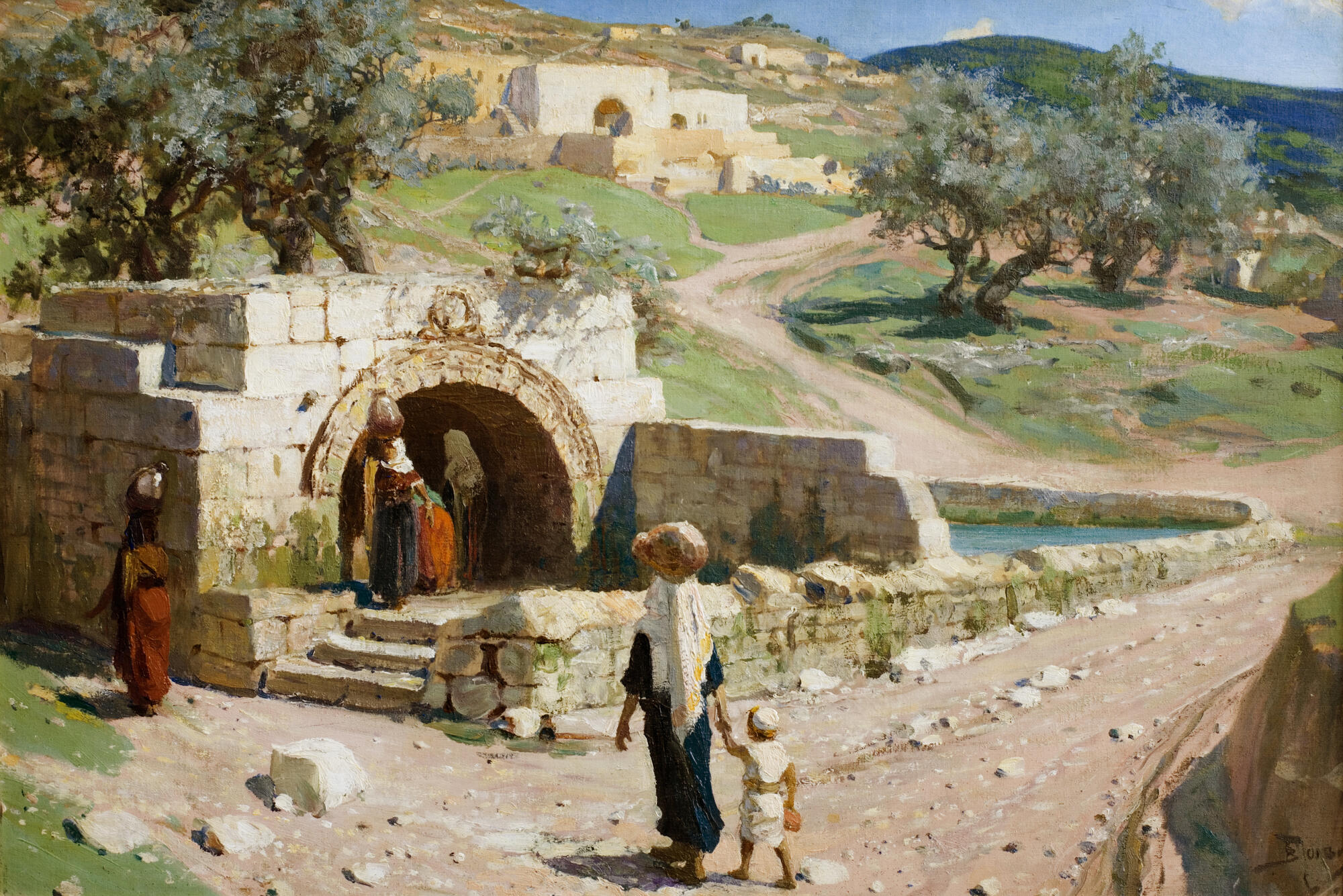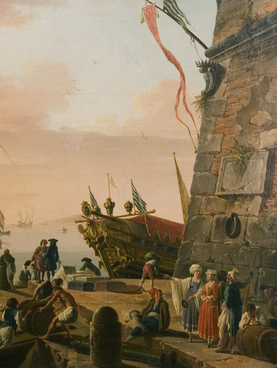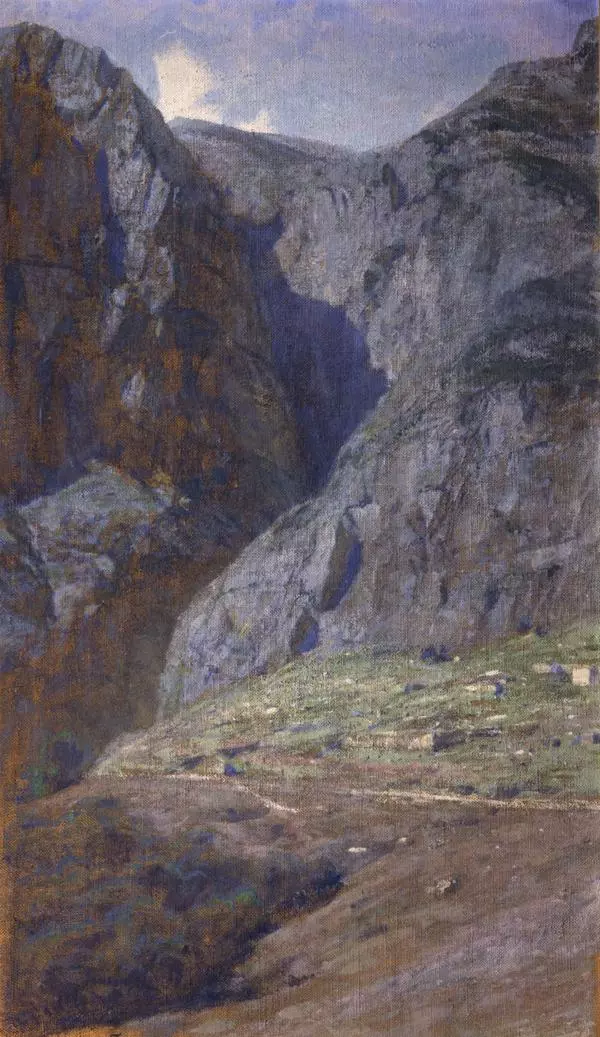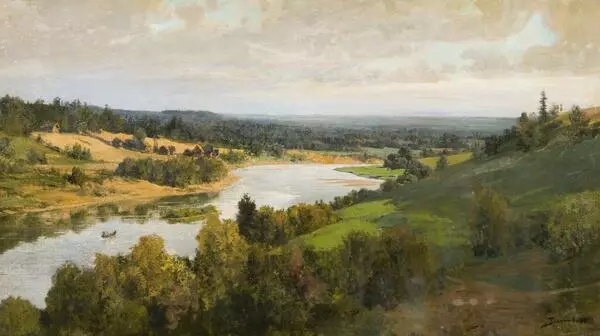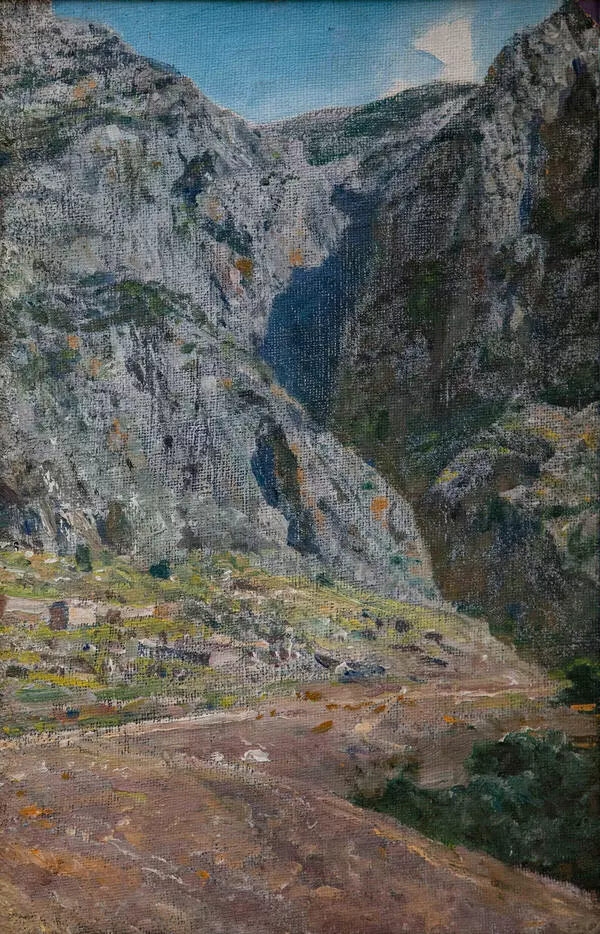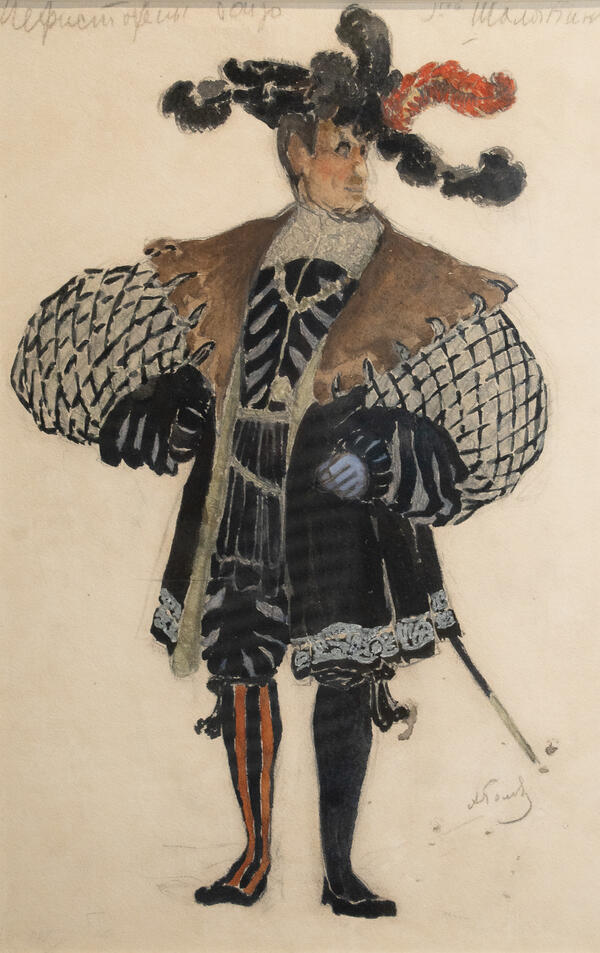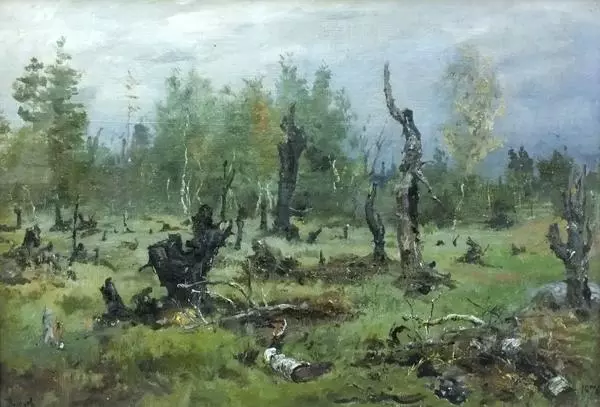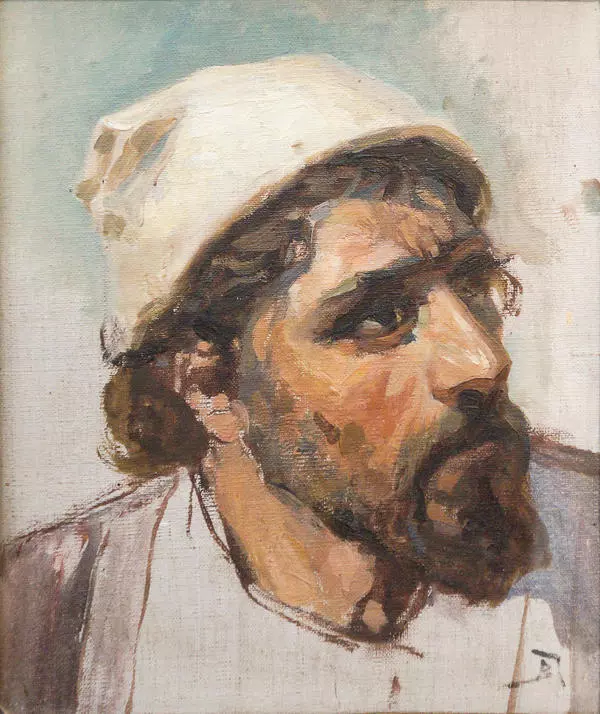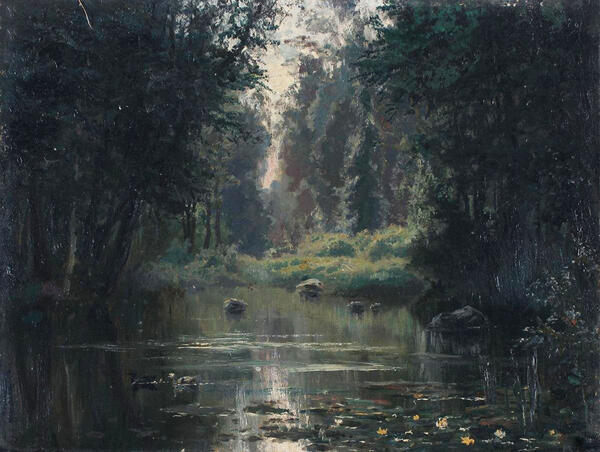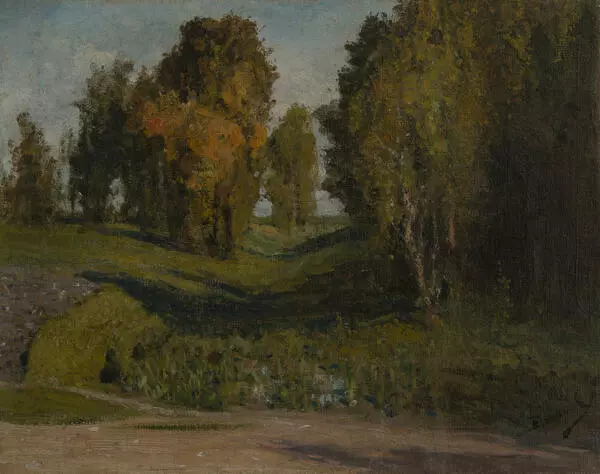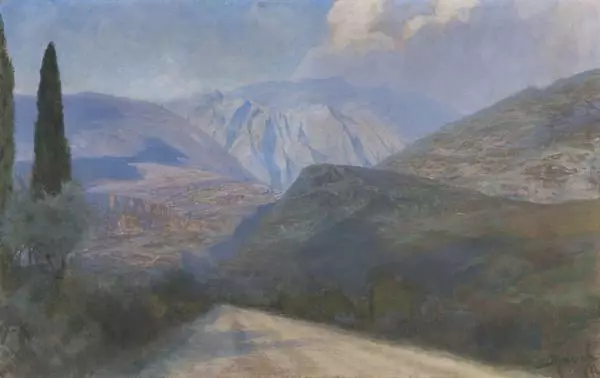The name of the famous Russian artist Vasily Polenov is inextricably linked to the Tula region: it was here, in the village of Byokhovo on the Oka banks, that he built his house and worked for more than 30 years. The Tula Museum of Fine Arts keeps 23 works of the master; many are natural sketches and landscapes created in different years. Polenov was one of the first Russian artists who preferred to work in En plein air painting.
At a young age, Vasily Polenov was amazed by Alexander Ivanov’s painting “The Appearance of Christ before the People”. The artist desired to create a picture of the biblical story, continuing with the work started by Ivanov.
In the autumn of 1881, Polenov learned from the philanthropist Savva Mamontov that historian Adrian Prakhov would accompany a young millionaire, industrialist Semen Abamelek-Lazarev on a trip to the Middle East. He asked for consent to travel together to collect material for his future painting. Through Constantinople, travelers reached Egypt, Syria, and Palestine — the trip from September 1881 to March 1882.
The artist visited Galilee and Genisareth Lake, Jerusalem at the Church of the Holy Sepulchre, the Wailing Wall, the Temple Mount, the Omar Mosque, and Mary’s Well. He created more than 150 drawings and sketches for the future painting ‘Christ and the Sinner’ during the trip. ‘In Nazareth’ is one of them. It is a vivid finished work with a thoughtful flavor, composition, and precisely conveyed the area’s atmosphere. In this work, the artist sought to display a typical settlement of the Middle East. Everything here is convincing — buildings, silver olives, and oriental women with jars on their heads.
A similar sketch of Polenov is kept in the State Tretyakov Gallery — it is smaller, it shows the same spring and the women fussing near it. But in the variant from the Tula Museum’s exposition, two more figures are going to the spring for water: a young woman with a little boy. According to the memoirs of the artist himself, he depicted Mary with the little Jesus.
At a young age, Vasily Polenov was amazed by Alexander Ivanov’s painting “The Appearance of Christ before the People”. The artist desired to create a picture of the biblical story, continuing with the work started by Ivanov.
In the autumn of 1881, Polenov learned from the philanthropist Savva Mamontov that historian Adrian Prakhov would accompany a young millionaire, industrialist Semen Abamelek-Lazarev on a trip to the Middle East. He asked for consent to travel together to collect material for his future painting. Through Constantinople, travelers reached Egypt, Syria, and Palestine — the trip from September 1881 to March 1882.
The artist visited Galilee and Genisareth Lake, Jerusalem at the Church of the Holy Sepulchre, the Wailing Wall, the Temple Mount, the Omar Mosque, and Mary’s Well. He created more than 150 drawings and sketches for the future painting ‘Christ and the Sinner’ during the trip. ‘In Nazareth’ is one of them. It is a vivid finished work with a thoughtful flavor, composition, and precisely conveyed the area’s atmosphere. In this work, the artist sought to display a typical settlement of the Middle East. Everything here is convincing — buildings, silver olives, and oriental women with jars on their heads.
A similar sketch of Polenov is kept in the State Tretyakov Gallery — it is smaller, it shows the same spring and the women fussing near it. But in the variant from the Tula Museum’s exposition, two more figures are going to the spring for water: a young woman with a little boy. According to the memoirs of the artist himself, he depicted Mary with the little Jesus.
